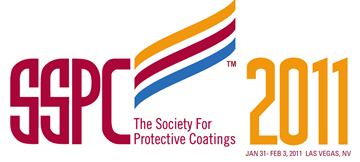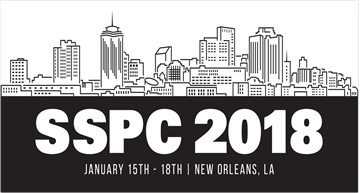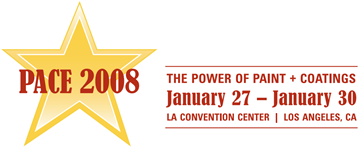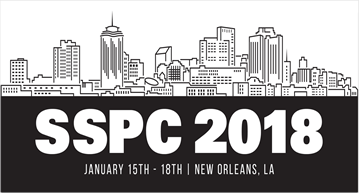Search
Individual Conference Papers
View as
Sort by
Display
per page
Protective Coatings Against Formation of Scale Deposits
Product Number:
51323-19528-SG
Publication Date:
2023
$20.00
Protective Coatings for the Wastewater Industry
Product Number:
41205-185-SG
Publication Date:
2005
$20.00
Protective Coatings in 21st Century Nuclear Plants
Product Number:
41211-647-SG
Publication Date:
2011
$20.00
Proven Offshore Wind Power Coating Solutions
Product Number:
51218-119-SG
Publication Date:
2018
$20.00
PTEAMBASE: A Program Management Tool to Capture the True Costs of Navy Corrosion
Product Number:
41208-460-SG
Publication Date:
2008
$20.00
Pull-Off Adhesion Strength Testing of Lining Systems on Concrete: A Review of the Various Direct Tensil Test Methods Used for Severe Service
Product Number:
41216-992-SG
Publication Date:
2016
$20.00
Pull-Off Adhesion Testing of Coatings - Improve Your Technique
Product Number:
41215-893-SG
Publication Date:
2015
$20.00
Pulsed Eddy Current Advanced Data Analysis – Unlocking new possibilities for vessels inspection
Product Number:
51321-16466-SG
Publication Date:
2021
$20.00
Put Down that Blast Nozzle! How to select and optimize wet or vapor abrasive blasting equipment
Product Number:
51218-114-SG
Publication Date:
2018
$20.00
Putting the Pieces Together: Integrating Steel Repairs with Bridge Painting Projects
Product Number:
51219-199-SG
Publication Date:
2019
$20.00
PWSCC Crack Growth Rate Testing Of Wrought And HIP Alloy 625 In A PWR Environment.
Product Number:
ED22-18522-SG
Publication Date:
2022
$20.00












